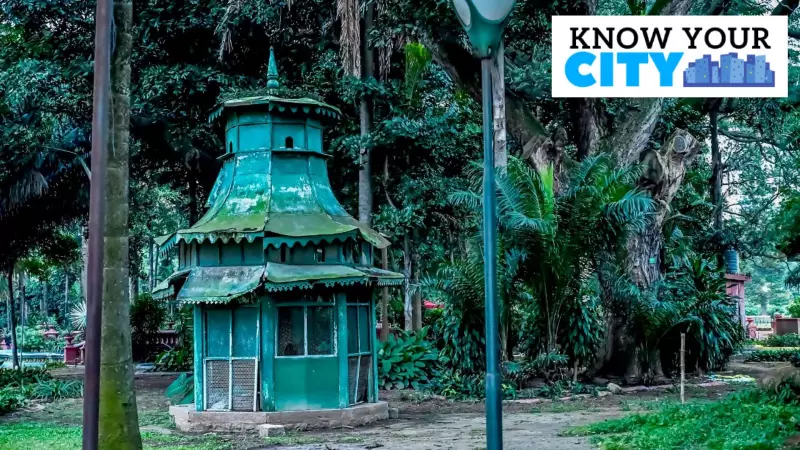
Imagine strolling through Bengaluru's iconic Lalbagh Botanical Garden and encountering a majestic tiger, hearing the distinctive call of an orangutan, or watching bears play in enclosures. This wasn't always the serene botanical paradise we know today - it was once Bengaluru's very own wildlife sanctuary.
The Royal Menagerie of Lalbagh
Long before Lalbagh became synonymous with flower shows and rare plants, it served as an exotic animal collection for Mysore's rulers. The garden's transformation into a zoological space began with Hyder Ali in 1760, who initially established the garden and imported various animal species.
His son, Tipu Sultan, expanded this collection significantly, adding more exotic creatures to what became known as the 'Tippoo Sultan's Menagerie.' Historical records reveal that the garden housed an impressive array of wildlife that would astonish modern visitors.
Exotic Residents of Colonial Bengaluru
The animal inhabitants of Lalbagh included:
- Big Cats: Multiple tigers and cheetahs roamed special enclosures
- Primates: Orangutans, described as 'ourang outangs' in colonial records
- Bears: Several bear species from different regions
- Avian Life: Exotic birds including ostriches and rare pheasants
- Ungulates: Various deer and antelope species
The Botanical Transformation
The transition from zoological garden to botanical haven began in the early 19th century. After Tipu Sultan's defeat in 1799, the British East India Company took over the garden's management. The animal collection was gradually relocated or dispersed, with many specimens sent to other facilities.
Under British supervision, the focus shifted entirely to botanical collection and conservation. The garden began importing plant species from around the world, laying the foundation for what would become one of India's most important botanical institutions.
Legacy of Lalbagh's Wild Past
Today, while Lalbagh is celebrated for its botanical diversity and historical glass house, few visitors realize they're walking through what was once a thriving wildlife sanctuary. The garden's evolution mirrors Bengaluru's own transformation from a city of lakes and gardens to a modern metropolis.
This fascinating chapter in Lalbagh's history offers a glimpse into Bengaluru's ecological heritage and the changing relationship between urban spaces and wildlife conservation in India.





